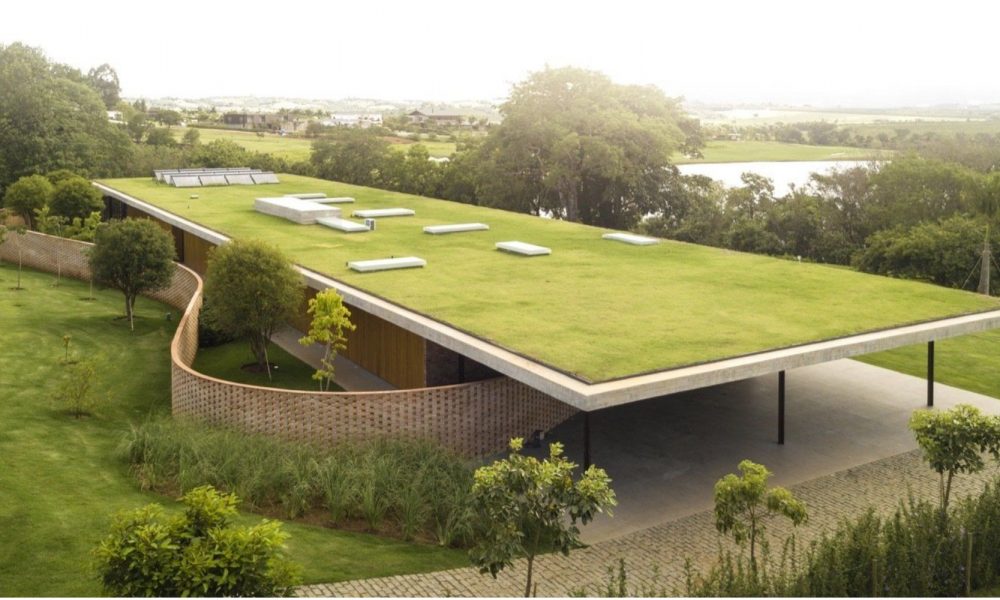
Living Roofs Aren’t Just An Architectural Trend

You’ve probably come across many rooftops that one can call as eco-roofs, green roofs, vegetated roofs, or living roofs. These roofs are rooftops that foster vegetation, like grass, plants, and small shrubs. They have a waterproofing layer, a root barrier, and a drainage system. And on top of that, they place a medium for the plants to grow and flourish. However, the best part is that they look breathtakingly beautiful!
These are usually atop high-end residential homes, and there are several myths associated with them. While they have certainly increased in popularity in recent years, there are many misconceptions about these living roofs, and some incorrect assumptions that we work do bust through in this article.
Myth 1: They’re New and Experimental
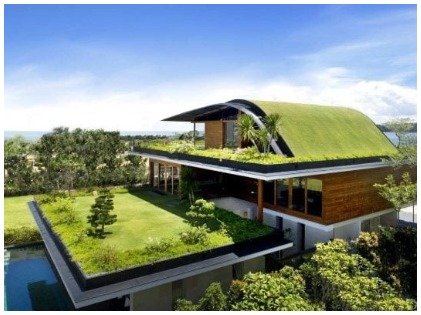 Many people wrongly believe that green roofs are a new, trending, and experimental element of the ‘eco tren.’ However, some of these roofs are over 70 years old! One example is a German residence erection that dates back to the 1940s with a green roof.
Many people wrongly believe that green roofs are a new, trending, and experimental element of the ‘eco tren.’ However, some of these roofs are over 70 years old! One example is a German residence erection that dates back to the 1940s with a green roof.
In Germany, there is an International Green Roof Association conference that took attendees to visit Wohldorf-Ohlstedt, which features lovely green roofed-homes. Green roofs have been around for centuries.
Myth 2: Green Roofs are For Green Buildings
While there are several green buildings that bost certifications and points for their green roof installations, the environmental benefits of this said roof are undeniable. However, the economic and aesthetic benefits of an eco-roof do not limit to homes with eco-objectives. You can get one for a regular home too. The extended garden space is great.
The environmental benefit is that you’re creating a space for many species to flourish. Germany has the longest history of green roofs and extensive green roofs. As it an economical alternative to other options. Green roofs reduce heating and cooling costs. Besides that, it also reduces stormwater runoff. This reduces the risk of flooding. There is also the benefit of added commercial space, increating property market values.
Myth 3: Green Roofs Cause Leakage and Structural Problems
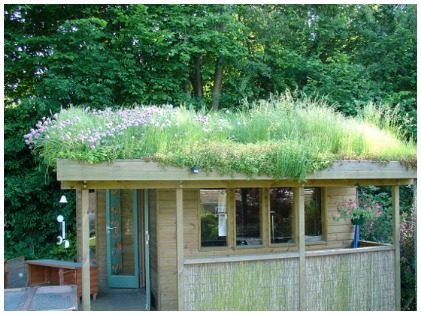 Arguably one of the most common concerns of people with interest in green roofs is that they lead to leakage and structural problems. However, a leaky roof could be independent of it being a traditional roof or a green roof. The integrity of the roof is base don its design specification and its installation.
Arguably one of the most common concerns of people with interest in green roofs is that they lead to leakage and structural problems. However, a leaky roof could be independent of it being a traditional roof or a green roof. The integrity of the roof is base don its design specification and its installation.
All types of roofs need waterproofing membranes, as do green roofs. So green roofs are not more susceptible to leakage as the common misconception leads people to believe. The substrate and plants act as a natural barrier to weathering.
Myth 4: Green Roofs are Costly and Challenging to Irrigate
 Many people have the misconception that green roofs have to be a ground for the growth of sedum or succulents as it is impossible to irrigate, or incredibly expensive to irrigate a green roof. In reality, all types of green roofs do require irrigation initially, while the plants’ roots establish themselves. The exception is with pre-grown mats that are grown off-site.
Many people have the misconception that green roofs have to be a ground for the growth of sedum or succulents as it is impossible to irrigate, or incredibly expensive to irrigate a green roof. In reality, all types of green roofs do require irrigation initially, while the plants’ roots establish themselves. The exception is with pre-grown mats that are grown off-site.
Water-storing plants are typically popular because they are hardy and attractive and withstand the tough weathering of being on a roof. Introducing different types of grasses is a great way of creating diverse roof vegetation, increasing its aesthetic charm. There are simple features for rooftops that allow for considerably less irrigation, but irrigation is easy and not costly to install as commonly thought.
There’s no doubt that green roofs are beautiful features, and their decorations usually include welcoming garden furniture, small water features, and even little pergolas. You can easily convert rooftops to green roofs with attractive features like these. Sometimes they are as simple as a regular sloped roof but with sedum or stonecrop, grasses and many other plant species growing on them.
How beautiful would it be to have flowers and native plant species flourishing atop your home? They can also be easily accessible and often offer beautiful views of the city, the skyline, or even open land. Maybe it’s time you convert your roof to a green roof. And you’re now living in a home that’s an architectural trend. Something that’s in vogue despite being around for centuries! And the best part is that it is economical and eco-friendly too, making your home look trendy!
More in Business & Investments
-
`
WWE SmackDown to Make a Comeback on USA Network in 2024
In a surprising twist, WWE’s Friday night staple, “SmackDown,” is bidding farewell to Fox and heading back to its old stomping...
November 24, 2023 -
`
Why Women Face Higher Out-of-Pocket Health Expenses
In healthcare, disparities persist, and a recent report from Deloitte underscores a significant financial gap between working women and men in...
November 18, 2023 -
`
Elon Musk vs Bill Gates: The Clash of Titans
In the realm of the world’s wealthiest individuals, a simmering rivalry has been captivating public attention. It’s not a clash of...
November 7, 2023 -
`
The Power Of Disconnecting
In our digitally driven age, where smartphones, tablets, and laptops have become extensions of ourselves, disconnecting might seem daunting. However, the...
October 31, 2023 -
`
JCPenney’s Bankruptcy: The End of an Era
JCPenney filed for bankruptcy in a move echoing the struggles of many retailers in the wake of the COVID-19 pandemic. This...
October 26, 2023 -
`
Reasons Why You Need a Financial Plan
Financial planning is not just for the wealthy or those nearing retirement. It’s a crucial tool for anyone seeking financial security...
October 19, 2023 -
`
How Brad Pitt Spends His Millions All Over the World
Brad Pitt, the charismatic Hollywood superstar, has left an indelible mark on the silver screen and made an impact in the...
October 10, 2023 -
`
Gen Z’s Posh Palate: The Unexpected Rise of Caviar Culture
Amid the backdrop of a digital era buzzing with viral dances, e-sports, and niche memes, there emerges a peculiar plot twist:...
October 7, 2023 -
`
Transform Your Retail Business With Social Media Mastery
If you’re a retail marketer posting your social media messages haphazardly, you might be missing out on prime opportunities to turn...
September 26, 2023

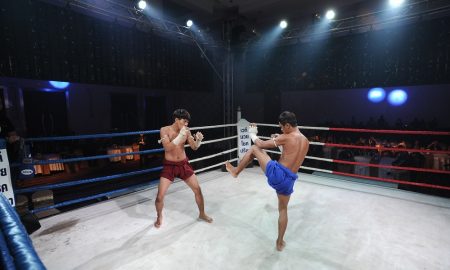



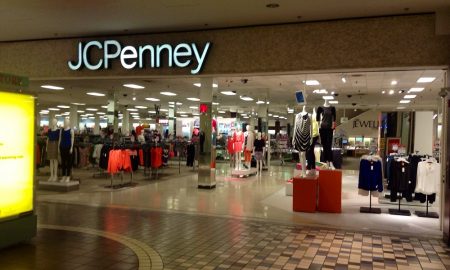


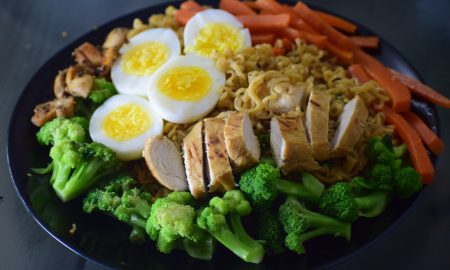

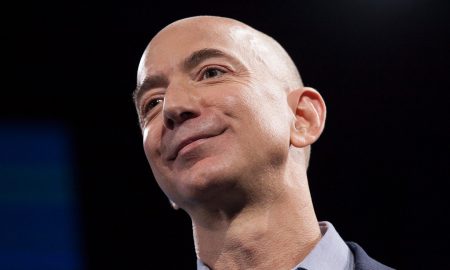
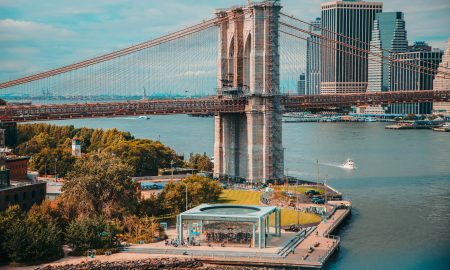


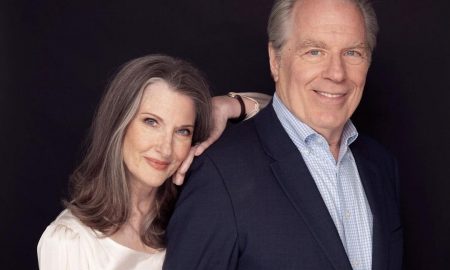
You must be logged in to post a comment Login